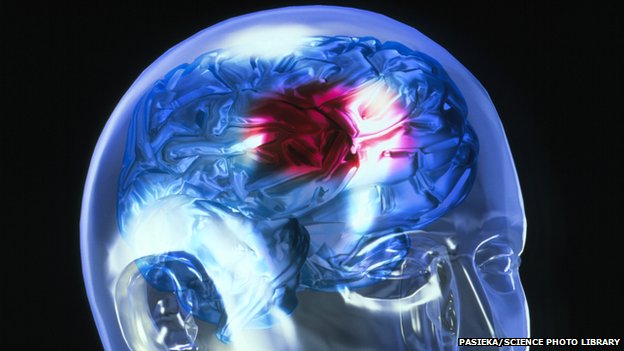
Cerebral stroke: tips to prevent it, signs to recognise it
Cerebral stroke is a pathology that in Italy represents the third cause of death after cardiovascular diseases and neoplasms, and the first cause of disability
Cerebral stroke is due to a sudden closure or rupture of a cerebral vessel, with consequent damage to brain cells, caused by the lack of oxygen and nutrients brought by the blood (ischaemia) or by compression caused by the leakage of blood from the vessel (cerebral haemorrhage).
Prevention is possible by acting on those risk factors that can be modified through a healthy lifestyle.
It is also important, in order to limit the damage, to recognise the signs that it manifests itself and to seek help promptly.
Tips for cerebral stroke prevention
- Do not smoke.
- Moderate daily physical activity, such as half an hour of brisk walking per day.
- Keep your weight under control: a normal weight has a positive effect on blood pressure, diabetes and blood fat.
- Limit consumption of alcoholic beverages.
- Ensure a healthy, balanced diet, reducing animal fats and condiments and favouring fish (source of polyunsaturated fats), fruit, vegetables, whole grains and legumes (sources of vitamins and antioxidants).
- Do not overdo the consumption of salt, which can increase blood pressure.
- Check blood pressure to detect hypertension, an important cardiovascular risk factor.
- Check your blood sugar to detect diabetes at an early stage.
- If you have atrial fibrillation, carry out regular cardiological evaluations and follow your doctor’s instructions. In general, anticoagulant drugs are indicated in patients over 65 years of age and in those who have already had an ischaemic stroke. In other cases it is useful to take Aspirin.
Cerebral stroke, the signs not to be underestimated
Early recognition of the signs of stroke is essential in order to prepare treatment as soon as possible.
By administering therapy within 4.5 hours of the onset of symptoms, damage can be contained and disability reduced.
Symptoms may vary from person to person, depending on the area of the brain involved, and may not be immediately recognisable.
However, in order to prevent a stroke, pay attention to the following signs and seek help from emergency personnel if they occur:
- Inability or difficulty moving an arm, a leg or both limbs on one side of the body.
- Crooked mouth.
- Sensation of “no longer feeling” or “feeling less” an arm, a leg or both limbs on one side of the body.
- Difficulty seeing half or part of an object clearly.
- Lack of coordination in movements.
- Inability to maintain balance.
- Problems with speech: either articulating words, understanding what others say or finding the correct words.
- Violent headache, different from usual.
These symptoms may appear for a few minutes and then resolve spontaneously, which is why they are often underestimated.
This is called a transient ischaemic attack (TIA), which is often a real warning sign of a stroke and therefore deserves specialist attention.
Read Also:
Stroke, A Small CT Scanner On Ambulances And Helicopters To Aid Rapid Diagnosis
Stroke, Italian Society Of Paediatrics: It Can Also Affect Children From Perinatal Age


